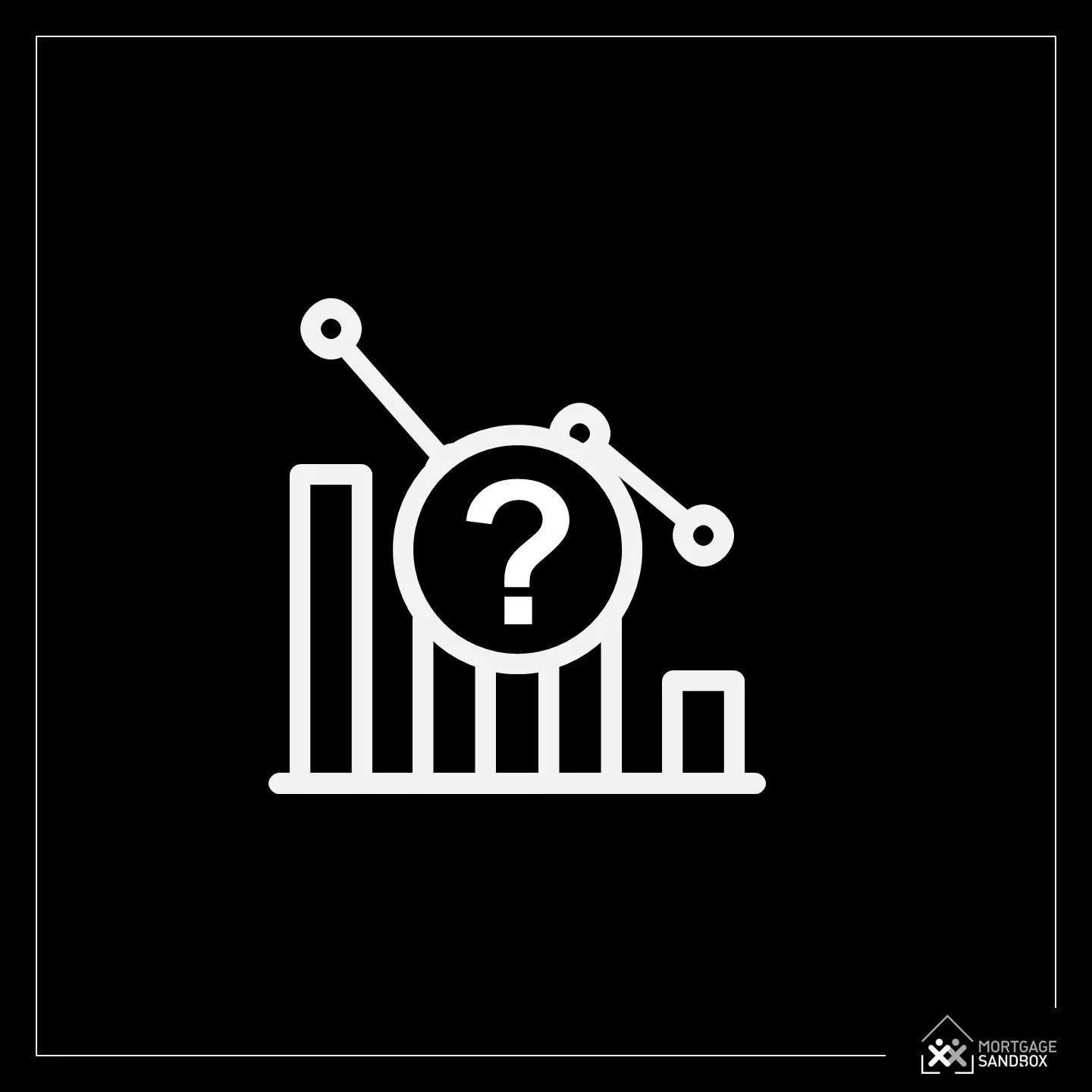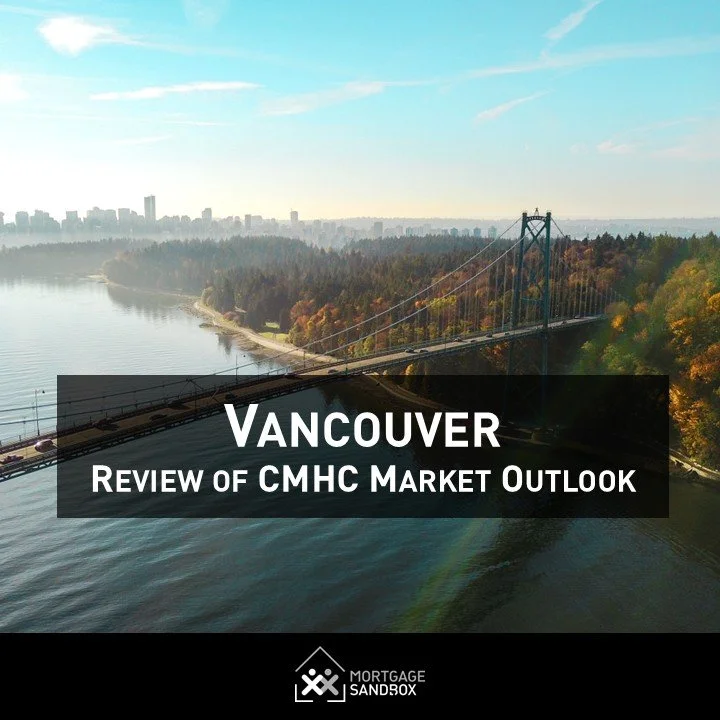Will Canadian mortgage rates fall in 2025?
The trajectory of Canadian mortgage rates in 2025 is a matter of keen interest for homeowners, prospective buyers, and investors alike. With inflation moderating and the Bank of Canada poised to adjust its monetary policy, the outlook for mortgage rates hinges on the broader interest rate cycle and global economic conditions. While variable mortgage rates are expected to decline further, their descent will be modest. Meanwhile, fixed rates appear set to hold steady, offering little reprieve to borrowers hoping for significant cost reductions.
The Interest Rate Cycle: A Guiding Framework
Interest rates follow a cyclical pattern, broadly categorized into four phases: expansion (rising rates), peak, contraction (falling rates), and trough. Canada entered the contraction phase in late 2023, after a rapid series of rate hikes aimed at reining in inflation. Historically, easing cycles last between two and five years, but their trajectory is shaped by economic resilience, inflation trends, and global financial conditions. The Bank of Canada has signaled a gradual approach to rate cuts, wary of the risks posed by premature easing or external shocks such as trade disputes and financial market volatility.
Variable Rate Mortgages: A Slow Descent
For borrowers with variable-rate mortgages, the good news is that rates will continue their downward trend in 2025. However, the decline will be modest—likely around one percentage point over the course of the year.
While this provides some relief, it is a far cry from the rapid rate cuts seen in past cycles. The Bank of Canada remains cautious, ensuring that inflation remains under control before implementing significant reductions. As a result, homeowners expecting substantial savings on their variable-rate mortgages may need to temper their expectations.
Fixed Rate Mortgages: Stability Amid Uncertainty
Unlike variable rates, fixed mortgage rates are influenced more by bond markets and investor expectations than by direct central bank action. With five-year bond yields already reflecting anticipated rate cuts, fixed mortgage rates are unlikely to change meaningfully in 2025. What borrowers see today is likely what they will get for the foreseeable future. For those considering locking in a fixed rate, the decision will largely depend on their risk tolerance and expectations for future interest rate movements beyond 2025.
The Verdict
While 2025 will bring lower variable mortgage rates, the decline will be measured rather than dramatic. Fixed rates, on the other hand, are set to remain largely unchanged. The mortgage landscape remains one of cautious optimism, with the broader interest rate cycle dictating the pace of change. Borrowers must weigh their options carefully, balancing the promise of lower variable rates against the stability of fixed terms in an uncertain economic environment.
Read: Should I choose a variable or fixed rate mortgage in 2025?






